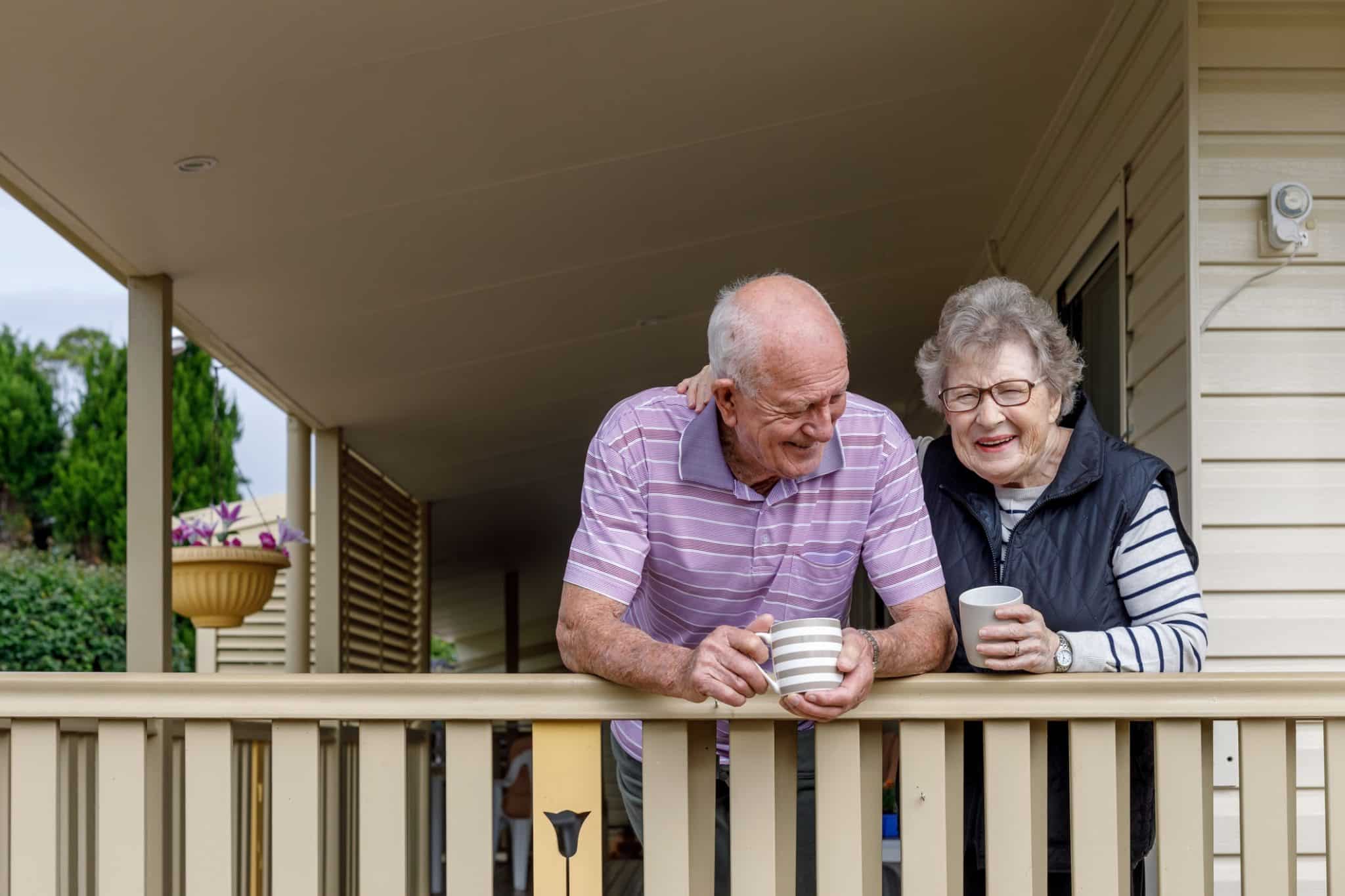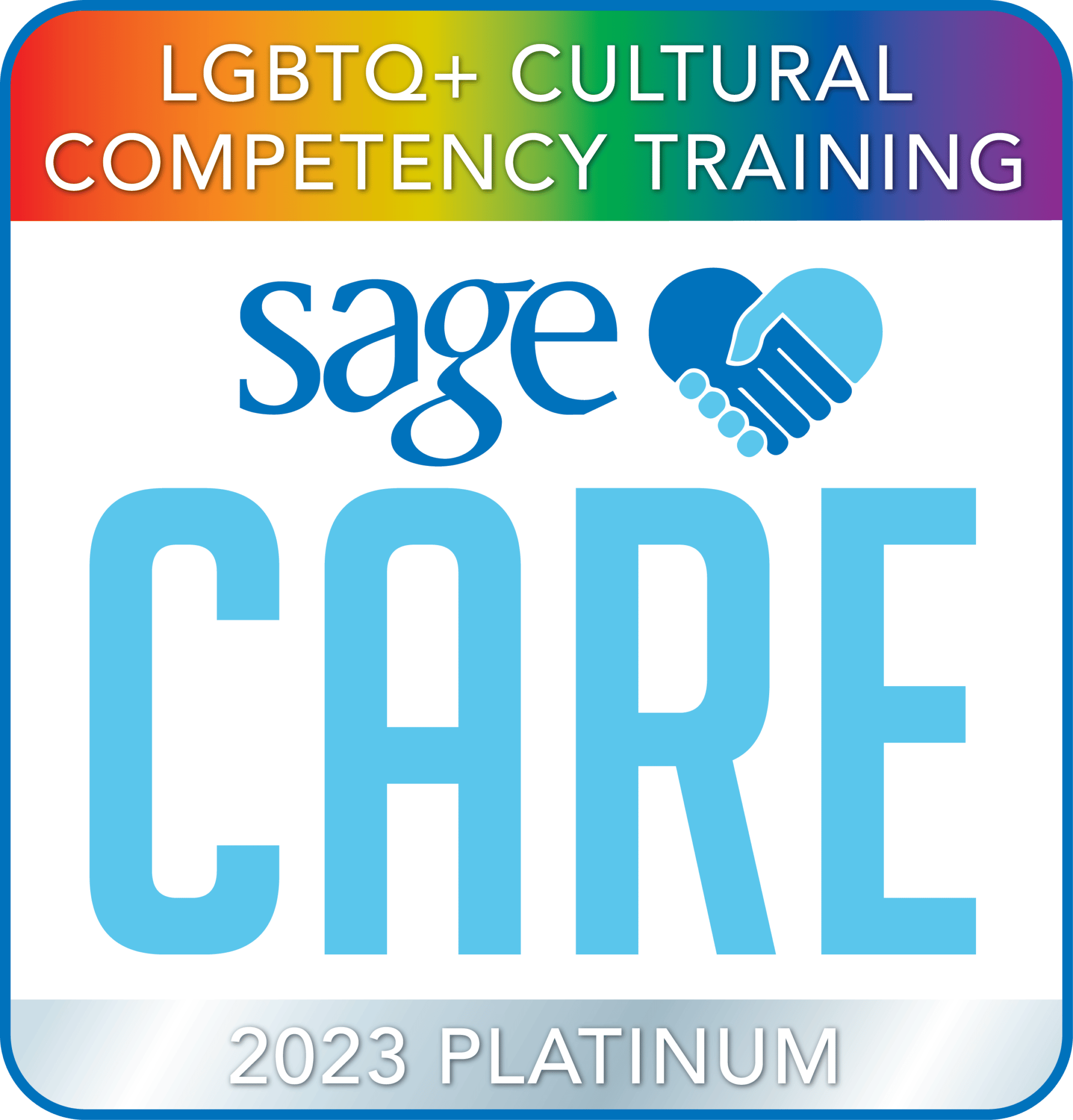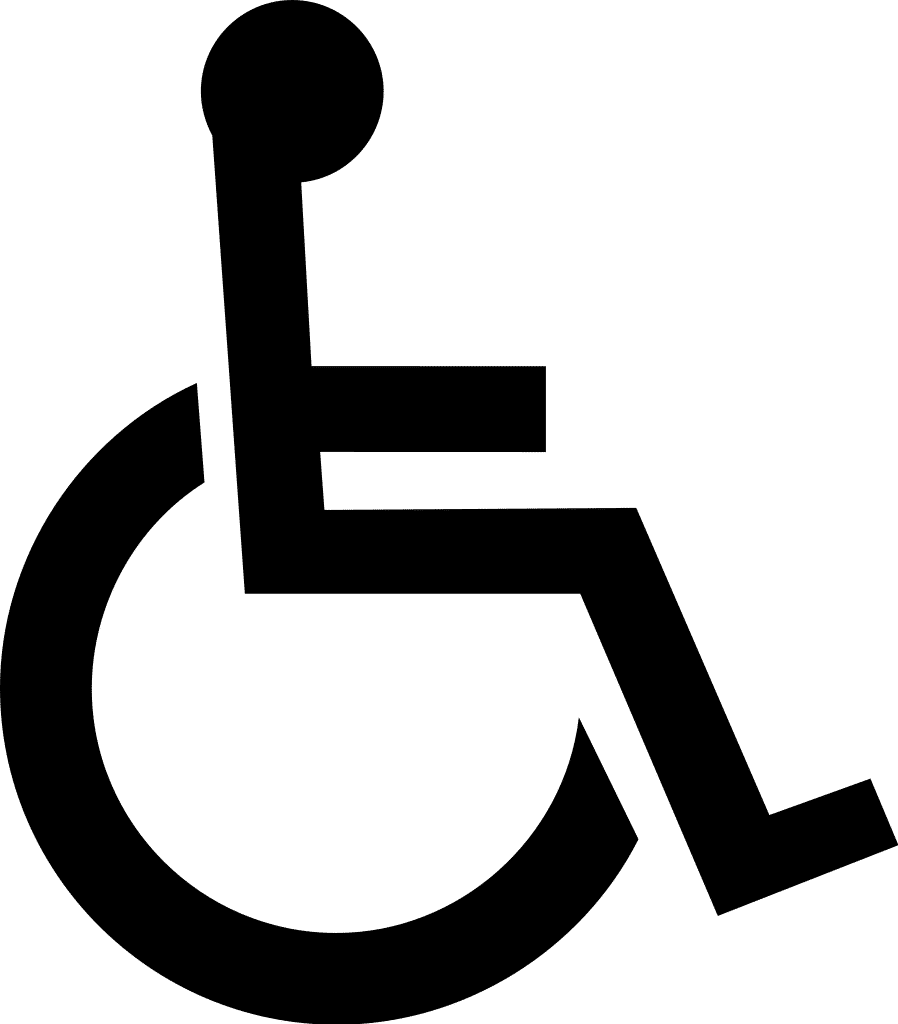What Will the Future of Senior Care Look Like?

With people living longer than ever before, it’s time to examine how we can help them make the most of these years. People previously thought the elderly should be institutionalized – similar to those with mental health challenges – as opposed to people who can age within their own homes. The Baby Boomer generation, however, is not going to age the same way as their grandparents.
Will retirement communities still make sense in the future?
Years ago, the standard retirement age of 65 was based on the average age people reached before dying. Now, people still have another 30 years of longevity after retirement, which means they may delay moving into a retirement community
People want to be part of communities and neighborhoods. They want to live closer to different generations and be able to contribute because the essence of successful aging is contributing. Today’s boomers want to rely on friends, family, and neighbors to receive and give help. This generation will need to co-design the communities that they would want to live in one day.
Emerging concepts from overseas
In other parts of the world, notably The Netherlands and Denmark, there are whole cities and villages for people who share a common disability or feature. There are currently dementia villages in British Columbia and California, which is about two decades behind Europe.
Multi-generational villages are another example of what the future of senior care may look like. In these villages, young families, seniors and middle-aged people live together in co-housing setups where they share facilities such as gardens and kitchens. This can also take the form of cluster living, where three to five families live together, interspersed with single unit apartments. These types of customized neighborhoods allow people to forge successful and meaningful connections and can include various combinations of living, depending on zoning and cost constraints.
These multi-generational homes and villages could solve the problem many seniors face — having too much house once the children leave, versus students who need accommodation. Connecting these two may potentially solve the problems of students and elders.
The living situation may be customized according to needs, geography, and various other factors. This can only come to fruition if future seniors step forward and help design the type of future they envision for themselves. Some forward-thinking senior living organizations have already done so.
We have not innovated on the retirement model for many decades and it is time to bring affordability, shared costs, and better living to retirees who want to age well. It’s time to start rethinking housing, senior care, and how the environmental design can accommodate the aging population’s needs.
UMC’s assisted living community in Gloucester County, NJ, is a senior care option that many people choose due to the quality of care and flexibility it offers. It helps its residents with the activities of daily living and medical care support in a comfortable and private residential setting. Residents can opt for three meals a day and take advantage of many recreational and social opportunities, housekeeping services, apartment maintenance and transportation. Learn more about our assisted living community today.




